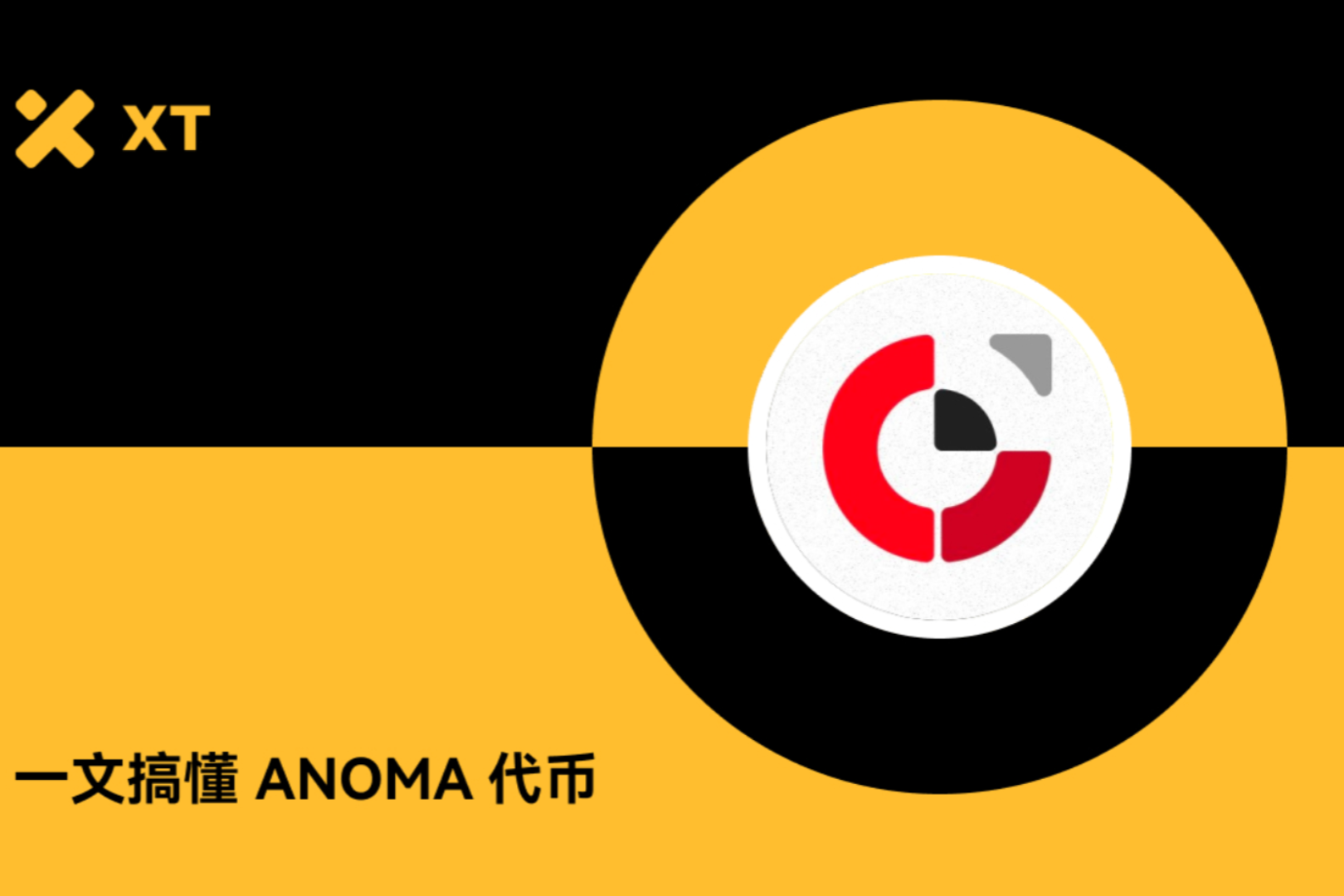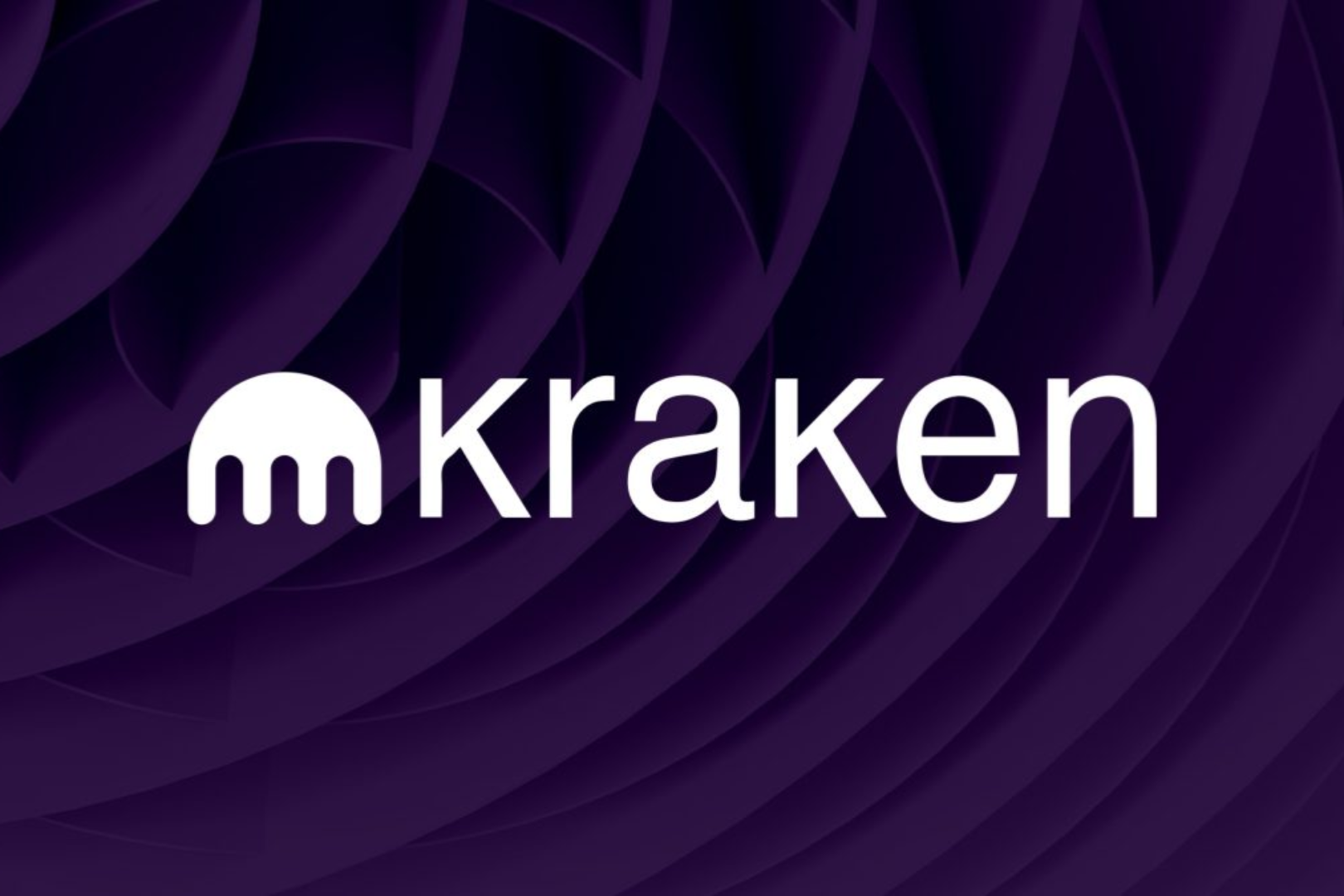
Editor's Note: This article comes fromChain News ChainNews (ID: chainnewscom)Editor's Note: This article comes from
Chain News ChainNews (ID: chainnewscom)
Chain News ChainNews (ID: chainnewscom)
, by Karen, published with permission.
Behind such a strong response in the market, what are the similarities and differences between Yearn and the merger of Cream and Pickle? How will the merger affect the parties and their token holders? This article will take you to understand this new way of playing in the DeFi world.
Same point
How does Yearn compare to the combination of Pickle and Cream?
The merger between Yearn and Cream is mainly reflected in the launch of Cream v2, and the merger with Pickle is reflected in the launch of new tokens, the merger of Pickle Jars and Yearn Vault, and governance.
Same point
For Yearn vault depositors, there are conveniences or benefits from the combined relationship with both programs. Among them, Yearn vault depositors can obtain additional Pickle rewards by transferring their storage shares to the Pickle Gauge, and obtain additional governance token DILL rewards by locking Picke. In the combined relationship with Cream, Yearn vault depositors can stake their share tokens as collateral against Cream, and vault strategies can also gain leverage through Cream.
The total locked amount of Yearn and the merging party will be merged or increased. The combination of Yearn Vault and Pickle Jars will be able to further combine Pickle and Yearn’s total locked volume, and with the combination of Cream and Yearn, users can increase their yield through leverage, and the share tokens of Yearn vault depositors can be used as collateral for Cream , so the amount locked is also expected to increase.
Both Picke and Cream multi-signature keys will be rotated to facilitate testing and deployment.
difference
According to the merger details disclosed so far, in terms of depth of merger, the merger of Yearn and Cream is limited to the Cream v2 version, while the merger with Pickle includes the issuance of two new tokens, governance, the merger of Pickle Jars and Yearn Vault, and the introduction of Gauge rewards etc.
In summary, the scope of the merger between Yearn and Cream is relatively limited, but Yearn vault depositors, Pickle, Cream and their token holders can all benefit from it.analyzeHow will the merger with Yearn affect the parties and their token holders?
According to research and consulting agency Delphi Digital
analyze
, both YFI and PICKLE holders can benefit from this merger in the short to medium term.
Specifically, Yearn will increase the performance fee from 5% to 20% and the management fee to 2% in yVault v2, so when Yearn's total lock-up increases, the fee it gets will also increase. At the same time, the Gauge reward mechanism will bring more capital inflows to Yearn. Investors can lock funds into vaults such as USDC and USDT, and then pledge vault tokens in Gauge to receive PICKLE token rewards. The increase in the annualized income of the Yearn vault will attract more capital inflows, which will further increase the fees earned by Yearn.
On the other hand, Yearn turned PICKLE into its inflation token, and Yearn previously lacked this "capability" just because the market generally agreed to stop YFI issuance.
In addition, Pickle can not only collect fees from the Pickle Jar before the merger, but also enjoy the bonus of Yearn asset scale, and can earn fees through yToken pledged in Gauge. According to Delphi Digital, this means that PICKLE will also be a complement to Yearn and be able to capture value from Gauge fees such as performance fees, withdrawal fees, and strategy fees developed by Pickle. Additionally, the Yearn and Pickle teams will bring more utility to the PICKLE and DILL tokens.Regarding the merger with Cream, although the scope of the merger is relatively small, Yearn vault depositors can use their tokens as collateral for Cream, and Cream users can also use the merger relationship for users to increase their yield through leverage.Yearn&Cream: Cream v2 focusing on core lending and leveraged products
Yearn and Cream
merge content
It is mainly reflected in the version of Cream v2. Cream v2 will focus on core lending and leverage products, which can be used by users to increase the rate of return through leverage. It can be seen as a test of the cooperative loan products between Yearn and Cream in the future. The specific cooperation points are as follows:
In terms of cooperation between the two, Yearn will merge development resources with Cream, and will also launch a new zero-mortgage agreement credit solution. The merger will also help increase the total locked assets of Yearn and Cream.
For Yearn vault depositors, their share tokens can be used as collateral for Cream, and vault strategies can also be leveraged through Cream.
The core feature of Cream v2 is that it focuses on lending products, and the mortgage assets are selected "blue chip tokens". In Cream v2, the current CREAM token will also be used, the supply and release will remain unchanged, and the governance process will be largely consistent with the existing governance process. In addition, Cream's multi-signature keys will have a new rotation mechanism to facilitate rapid iteration, testing, and deployment.mergeYearn&Pickle: Merge Pickle Jars and Yearn Vault, introduce Gauge rewards, launch new tokens
Yearn and Pickle's
merge
It was announced after Pickle was attacked and lost nearly 20 million DAI. The merger between the two projects mainly includes merging Pickle Jars and Yearn v2 Vault, introducing the Gauge reward mechanism (Reward Gauge, liquidity weight reward mechanism), launching DILL governance tokens, and issuing new tokens for compensation for Pickle Jar attack losses CORNICHON.
Pickle Jars will adopt the v2 design and will also be deployed as a Yean vault, and a detailed migration plan will be released later.
Pickle will still release tokens, but tokens will be distributed through Gauge rewards. Yearn vault depositors can earn additional Pickle rewards by transferring their vault storage shares to the Pickle Gauge. Pickle developers earn a 10% performance fee when creating strategies.
In the design and distribution mechanism of DILL governance tokens, Pickle governance participants can obtain voting rights and DILL by locking Pickle on the set expiration date. The longer the Pickle is locked, the received DILL tokens will be The more, the minimum lock-up period is one week and the maximum lock-up period is four years. In addition, Yearn vault depositors can get additional DILL rewards by locking Pickle, up to 2.5 times, the more DILL they hold, the more rewards they will get. Gauge access fees, performance fees and agreement fees are owned by DILL holders.
At the same time, DILL holders can participate in Pickle governance and be able to increase their rewards from the Yearn vault gauge. Pickle Governance will determine gauge weights, fee distribution, and other protocol parameters.
In addition, CORNICHON, a new token for compensation for Pickle Jar attack losses, will be distributed to victims proportionally.
The merger of Yearn and Pickle means that Pickle will be gradually integrated into Yearn's ecosystem, and the total locked value between the two will also be merged.
Some community users questioned the decentralization of DeFisayAt the same time, some community users expressed concerns about the decentralization of DeFi, accusing Yearn of not informing users or voting before announcing the merger.
In this regard, the Yearn operation representative tweeted to explain





